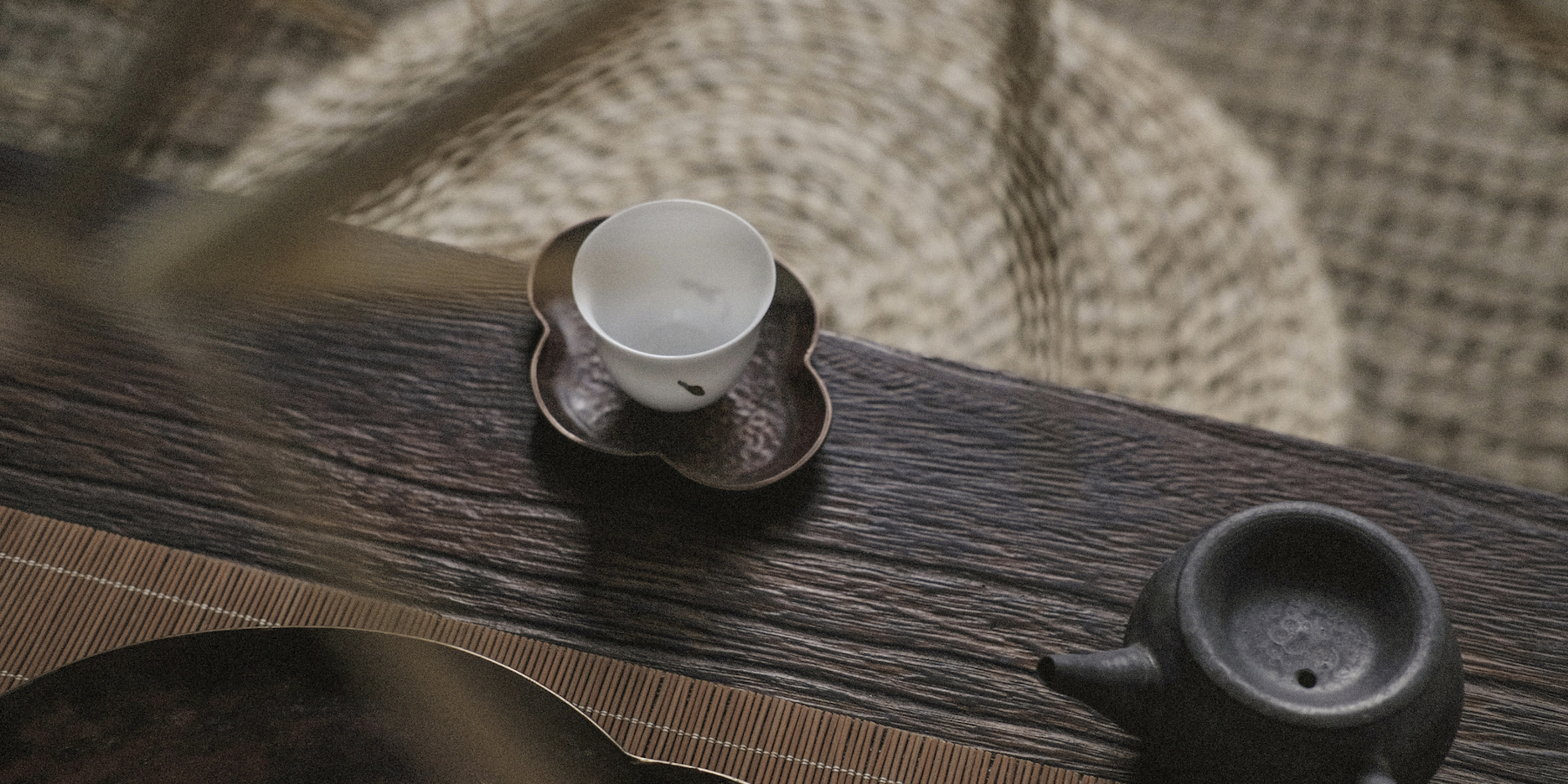If you’ve wondered how it’s possible to spend the day doing “nothing” and yet still feel tired, the answer might not be more rest, but how we think of rest.
What Is Rest?
Rest is much more than sleep or physical relaxation.
Historically, the primary form of tiredness was likely physical exhaustion. Our ancestors may have lived shorter lives, with the physical work of survival quickly wearing down their bodies. But people in the modern world are facing an interesting paradox: while the changing nature of work means we live longer and with fewer physical demands than ever before, our understanding of “tiredness” doesn’t reflect this, or fully acknowledge the mental, psychological or spiritual weariness we now experience instead.
And while most people are familiar with work of all kinds, they may have a less thorough appreciation of what it truly means to rest, thinking of it as merely the absence of work. A cursory glance at self-help literature reveals our tendency to interpret even rest as a kind of work, i.e. just another item to add to an already bursting to-do list.
But rest is not just the empty pauses between more meaningful bursts of activity. It has value beyond restoring energy only so we can drain it away again later. What’s more, there are different ways to work and expend energy, and therefore different ways to rest. To balance our wellbeing and restore the energy deficit we’re experiencing, we need to understand these different kinds of rest, coined by internal medicine doctor and author Dr Shaundra Dalton-Smith.
7 Types Of Rest
1. Physical Rest
All humans naturally move through a 24-hour sleep/wake cycle, and the body signals its need for physical rest with feelings of lethargy, sleepiness, or even aching muscles. Physical rest allows the body to relax, repair and recuperate.
However, the American Academy of Sleep Medicine claims that up to a third of Americans experience symptoms of insomnia, and the CDC reports that a full 35% of American adults are routinely getting less than 7 hours of sleep a night.
If you’re feeling physically drained, you may need an extra 30 minutes of sleep a night, some restorative stretching or yoga, a massage or something as simple as a few deep breaths and a break from hunching over your computer.
2. Mental Rest
Though the muscles in your body can be completely relaxed, the mind can still be active, and racing thoughts can mentally drain you even when you’re physically rested. Mental effort is still effort, and the brain is not a machine. If, like many people, your occupation draws primarily on your mental resources, you may find that tiredness comes in the form of loss of concentration, cynicism, irritation, apathy or “brain fog.”
Mental rest is about switching off the brain and intentionally setting aside thoughts and worries. A simple mindfulness meditation can help us take a step back from busy thoughts, calming internal chatter enough to properly rest. Slow down; even a 5-minute break can ground a hurrying mind.
3. Sensory Rest
It’s difficult to talk about our productivity-obsessed culture without also talking about hyperstimulation, and the assault our senses receive from glowing screens, noise pollution, busy offices or bright lights at all hours of the day. The sense organs can grow weary just as surely as the muscles can. The American Optometric Association has even coined a new term to describe the eye exhaustion resulting from marathon screen time sessions: digital eye strain. (Learn how to rest your eyes in this article.)
Signs of sensory overstimulation include headaches, distraction and feelings of overwhelm. An effective way to tone down the flood of sensory data is to schedule in stimulation-free periods throughout the day – unplug digitally, close your eyes, go somewhere quiet and deliberately give yourself a moment to pause and digest all that data.
4. Creative Rest
It might not be something you’ve thought about, but creativity is also a resource that can be depleted with overuse – and it’s not just about the arts, but any activity that requires imagination and inventiveness. Solving problems and generating novel ideas might not feel like work, but it requires focus and energy, which are limited.
Lacking inspiration and motivation could be a sign of creative fatigue. If you have been draining the well, so to speak, you may need the creative rest that comes with re-connecting to wonder and astonishment again. Seek out situations that inspire and renew your sense of awe at the world, or pique curiosity. To renew the creative spirit, we may need stillness, the beauty of nature or to be surprised by something genuinely new and interesting to us.
5. Emotional Rest
Emotional labor takes energy and effort. Those who work in the caring professions, for example, know that compassion can wear out with overuse (learn more in our article on compassion fatigue). Strong emotions, even positive ones, can be exhausting, which is why people feel drained after an intense argument or period of emotional distress. It can be particularly tiring to “put on a brave face” or feel unable to express your genuine emotional experience.
Signs of emotional fatigue include depression and anxiety, feeling unappreciated or disconnected, or even anger. Regulating emotional wellbeing is all about finding ways to refill your emotional tank. Quiet introspection gives you the opportunity to find your center and check in with your own emotional needs and limits. Regular self-care ensures we’re never running on empty, emotionally speaking.
6. Social Rest
Closely connected to emotional rest is the rest we all occasionally need from the social roles we play in one another’s lives. In every relationship there is an exchange of energy and attention; sometimes we receive from others, sometimes we give. But if you’re constantly feeling overwhelmed by others’ demands on you, it may be time for social rest.
We can do this either by temporarily retreating from social interaction (which is important for introverts) or else we can ensure that the people we do spend time with genuinely support and inspire us. Social rest can come in the form of asking for help, or drawing boundaries around relational dynamics that sap our energy.
7. Spiritual Rest
Of course, there are people who are in excellent physical shape, and who live balanced, fulfilling lives, yet who still experience a kind of deep weariness at life. The problems of existence or questions into the meaning of life are unlikely to be helped with more leisure time. Rather, spiritual rest is needed to allow our souls to connect to the most fundamental source of wellbeing and meaning, so we can feel aligned to our life’s purpose, and know that we are part of something bigger and more important than ourselves.
In the absence of belonging, love, acceptance and meaning, people can feel spiritually tired and empty. There’s no need for a major life overhaul, however; moments of profound peace and understanding can be found everywhere from prayer to volunteering, meditation, retreat, art, loving-kindness, or working diligently on a mission close to your heart.
Rethinking Rest
A balanced approach venerates both work and rest as two complementary aspects of a life well lived. Good rest is rest that acknowledges the source and nature of our fatigue. In a culture that worships at the altar of productivity, it can be difficult to sink fully into rest without guilt, or even to dwell to deeply on the kind of rest we’re really craving. It’s easier, however, if we reframe rest not in the negative (i.e. not working) but in the positive, i.e. as an important and healthy part of the rhythm of life.
When people want to change their lives, they often begin with a bias towards more – more energy, more effort, more determination. But we also have the option to do less, and to deliberately welcome quiet, restorative inaction into our lives. If you’re battling persistent fatigue, it might be time to not only honor these limitations, but to look more closely at the kind of deficit you’re experiencing, and the type of rest your body, heart and soul are asking for.
Read more: Use the practice of interoception to become more aware of your complex inner world.







